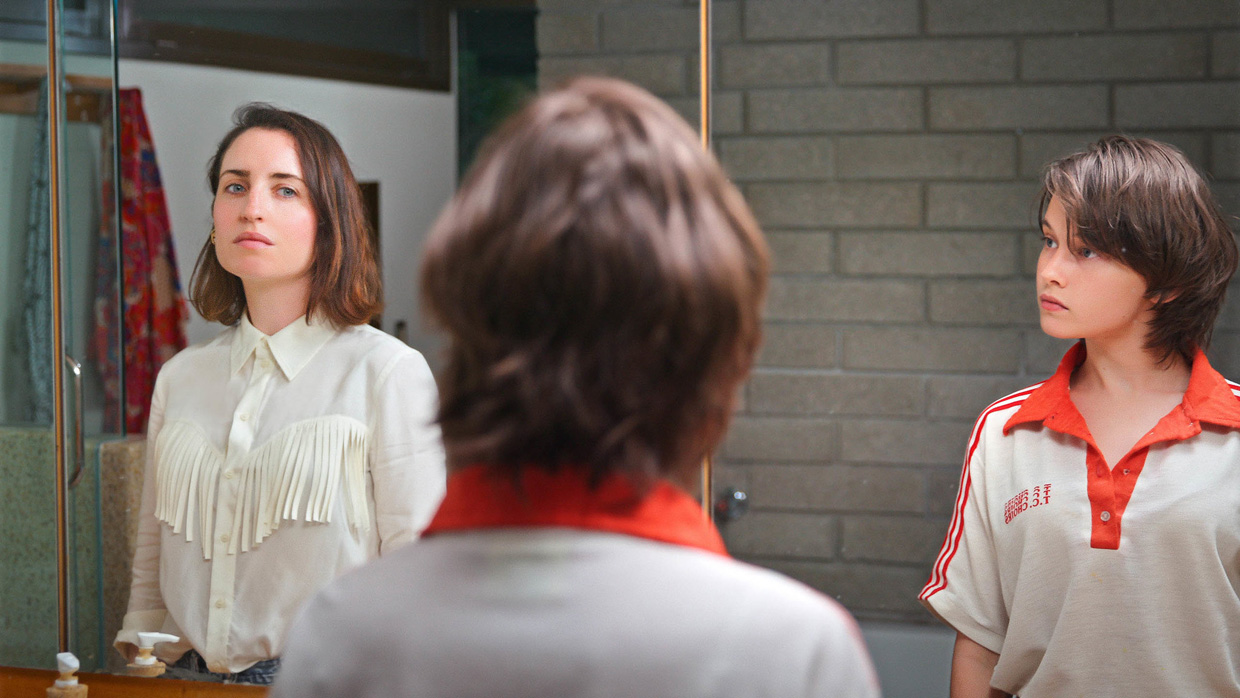 Back to selection
Back to selection
“It’s So Fun to Run and Gun”: Editor Daryl Wein on How it Ends
 How it Ends
How it Ends Daryl Wein and Zoe Lister-Jones’ How it Ends takes place on the eve of the Earth’s destruction. Followed by her younger self (Cailee Spaeny), Liza (played by Lister-Jones) tries to make it to a party despite the fact that her car has been stolen. Acting as co-DP (as well as co-editor and co-writer), Wein details the catharsis that came with editing his own film during the pandemic.
Filmmaker: How and why did you wind up being the editor of your film? What were the factors and attributes that led to your being hired for this job?
Wein: I co-edited the film with Libby Cuenin. I chose to edit myself to get closer to the material creatively, and also due to limited resources. Also, as co-director, I knew the material very well, so that made it easier to sort through in terms of best performances.
Filmmaker: In terms of advancing your film from its earliest assembly to your final cut, what were goals as an editor? What elements of the film did you want to enhance, or preserve, or tease out or totally reshape?
Wein: Always just the best, most authentic performances. But also comedic rhythm and timing.
Filmmaker: How did you achieve these goals? What types of editing techniques, or processes, or feedback screenings allowed this work to occur?
Wein: Just watching every take and knowing what felt more authentic. It’s totally subjective. Comparing takes over and over again. Doing line edits helps sometimes. Then screening for close friends and hearing their thoughts in the end is always good.
Filmmaker: As an editor, how did you come up in the business, and what influences have affected your work?
Wein: I started by editing my first film, Breaking Upwards, so I’ve always cut my teeth by just making my own work. Woody Allen was a big early influence.
Filmmaker: What editing system did you use, and why?
Wein: Adobe Premiere.
Filmmaker: What was the most difficult scene to cut and why? And how did you do it?
Wein: Probably just scene with really long takes like Olivia Wilde and Zoe, where we had 20 minutes takes with a lot of improvisation.
Filmmaker: What role did VFX work, or compositing, or other post-production techniques play in terms of the final edit?
Wein: We did some rotoscoping in After Effects to remove people and also make the meteor in the sky.
Filmmaker: Finally, now that the process is over, what new meanings has the film taken on for you? What did you discover in the footage that you might not have seen initially, and how does your final understanding of the film differ from the understanding that you began with?
Wein: The experience of making another film was therapeutic because I got to put a lot of what I was feeling in pandemic into the story and work. That was cathartic. The big takeaway was you don’t need a lot to make a film. It’s so fun to run and gun, and make stuff small to remember why you love making movies.
